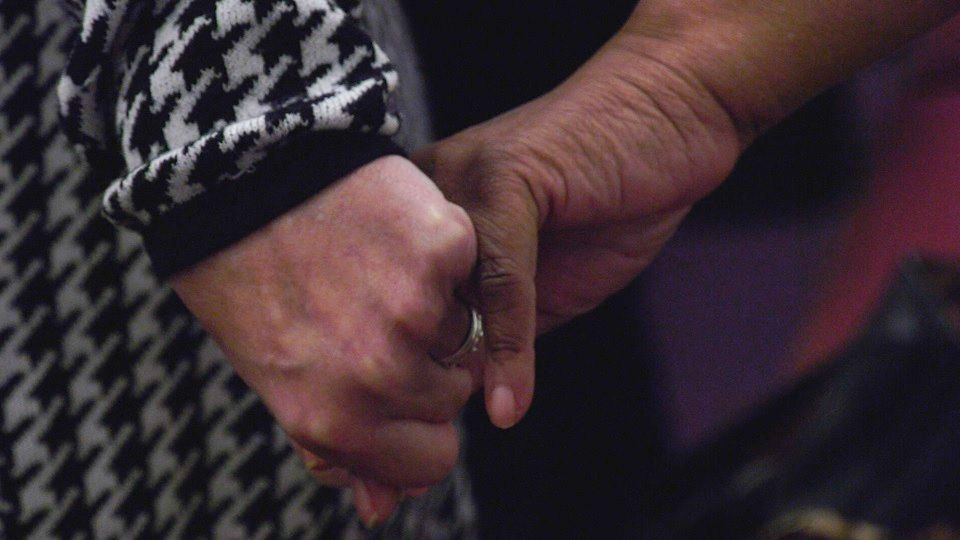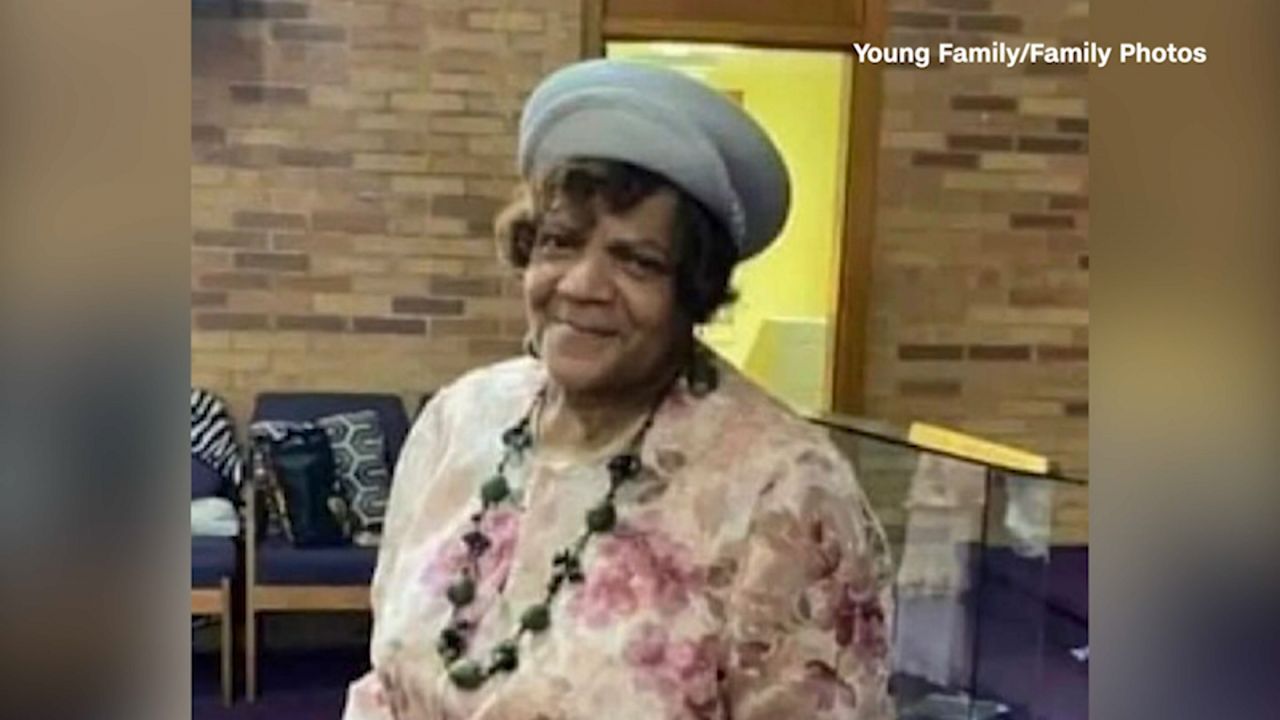BUFFALO, N.Y. — After last year’s mass shooting in Buffalo, the topic of food deserts got a lot of attention. But a local expert who helped popularize the term over the years now thinks it’s time to stop using it, mainly because it’s not accurate.
We’ve come to know a “food desert” as a community that lacks access to affordable, healthy food due to a variety of factors ranging from discriminatory practices to a lack of access to reliable means of transportation.
In retrospect, University at Buffalo Professor of Urban Planning Samina Raja says using the term “food desert” overlooks some of the root causes of the problem:
- Deserts are environments that occur naturally. Unequal food access does not. It is a situation artificially created by humans.
- Deserts are perfectly healthy ecosystems. There’s nothing wrong with them. Research shows that is not the case for poor food environments, where lack of food access is a real problem that is anything but healthy.
So, if we retire "food desert," what’s a more accurate term? Raja suggests “food inequity,” “food injustice,” “poor food environment,” or even “food apartheid.” She says words matter when you’re trying to define a problem that still very much exists, one year after all the attention of the mass shooting.
Deborah Smith is busy these days. She’s a volunteer at the Salvation Army’s Buffalo food pantry.
“We get a lot of people here that come from the East Side,” said Smith.
There are many reasons for that, but the lack of nearby supermarkets in East Buffalo is a significant one.
“How you gonna get there if you don’t got bus fare?” said Smith. “And then you gotta take the stuff home.”
According to the University at Buffalo Food Systems Planning and Healthy Communities Lab:
- A vast portion of East Buffalo is not within half a mile of a supermarket.
- A good portion is farther than one mile from a supermarket.
- This is a major challenge, because many households in the various neighborhoods don’t own cars.
The Tops on Jefferson Avenue being closed after the shooting only made things worse. But even when it reopened last July, it didn’t magically solve the problem.
“Just focusing on Tops just isn’t enough,” said Raja. “If you go to the northeastern part of the East Side, there aren’t a whole lot of grocery stores there either, supermarkets specifically.”
Raja’s research pokes major holes in a popular misconception, that grocery stores don’t go into certain communities because of income levels. Turns out that’s not the case. The research shows plenty of people who live in East Buffalo go to Amherst to shop at Wegmans, Trader Joe’s and Whole Foods.
“You have a very significant difference in the kids of stores that exist in predominantly Black neighborhoods,” said Raja. “The difference is pretty high. You have less than half the prevalence of stores, supermarkets in predominantly Black neighborhoods.”
With all of the attention on the issue following the mass shooting, and many calls to make the situation better, has anything changed?
“It’s hard to tell, too early to tell,” said Raja. “There are some movements towards it, but it’s very difficult to gauge if those changes have happened.”
One thing that hasn’t changed: the people coming in to get food at the Salvation Army and various other pantries. People who get emotional when accepting the help they so desperately need.
“I really don’t have any words for it because it’s so hard to explain,” said Smith. "Now I’m getting teary-eyed, but it’s hard.”
Between inflation and the end of pandemic-era expanded SNAP benefits, Smith wonders when things will get any better.
“There’s gotta be a will. There’s gotta be a way,” said Smith. “Something’s gotta give.”
To see part two of this story, click here.








